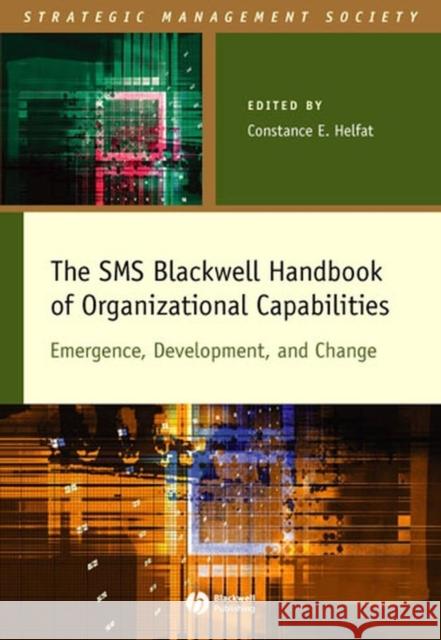The SMS Blackwell Handbook of Organizational Capabilities: Emergence, Development, and Change » książka
topmenu
The SMS Blackwell Handbook of Organizational Capabilities: Emergence, Development, and Change
ISBN-13: 9781405103046 / Angielski / Twarda / 2003 / 448 str.
This Handbook looks at how the resources and capabilities of organizations emerge and develop over time.
- Written by leading figures in the field.
- Presents original new theory.
- Features ground-breaking empirical studies.
- Draws on a broad range of empirical methods - case studies, statistical analysis, and simulations.
- Offers thought-provoking commentary on streams of research.
- Provides a basis for future research and practice.











